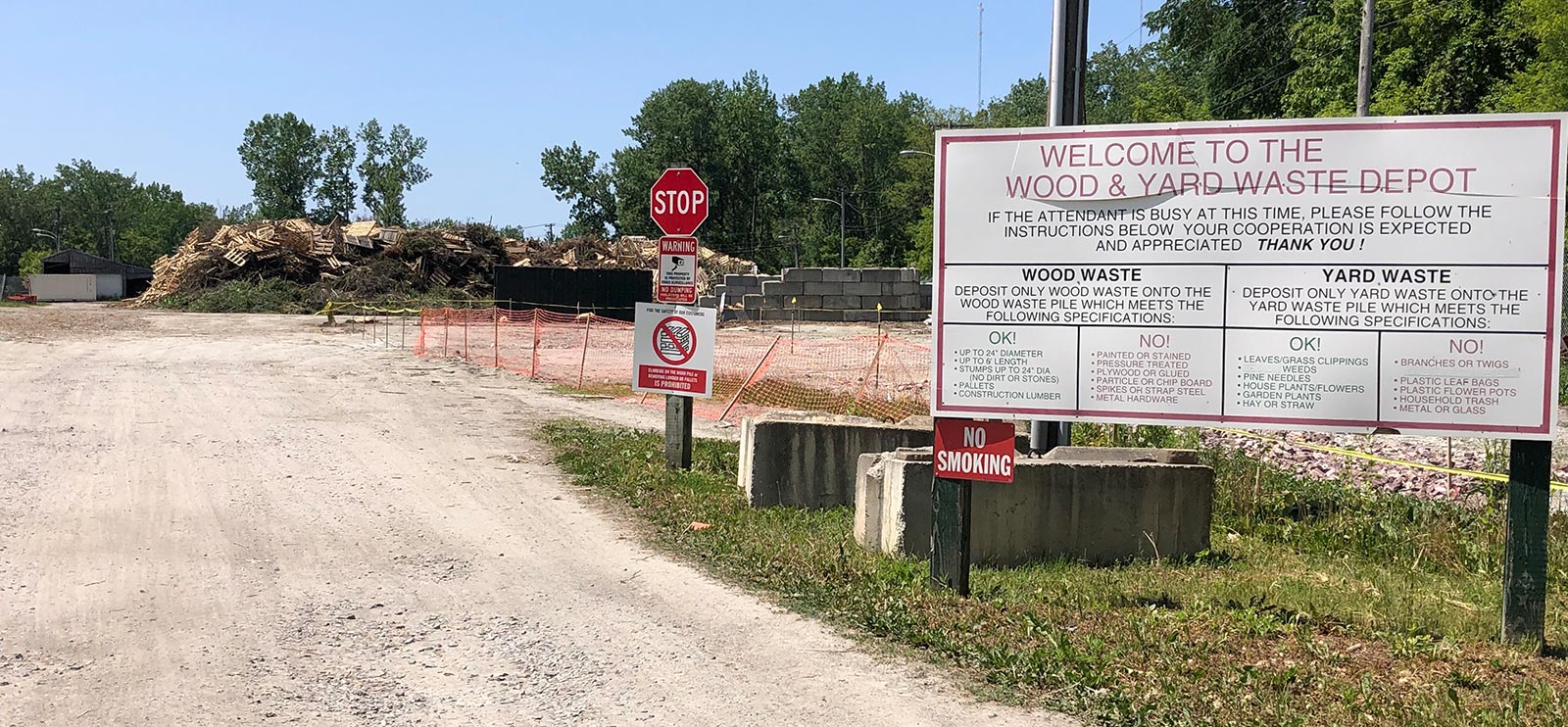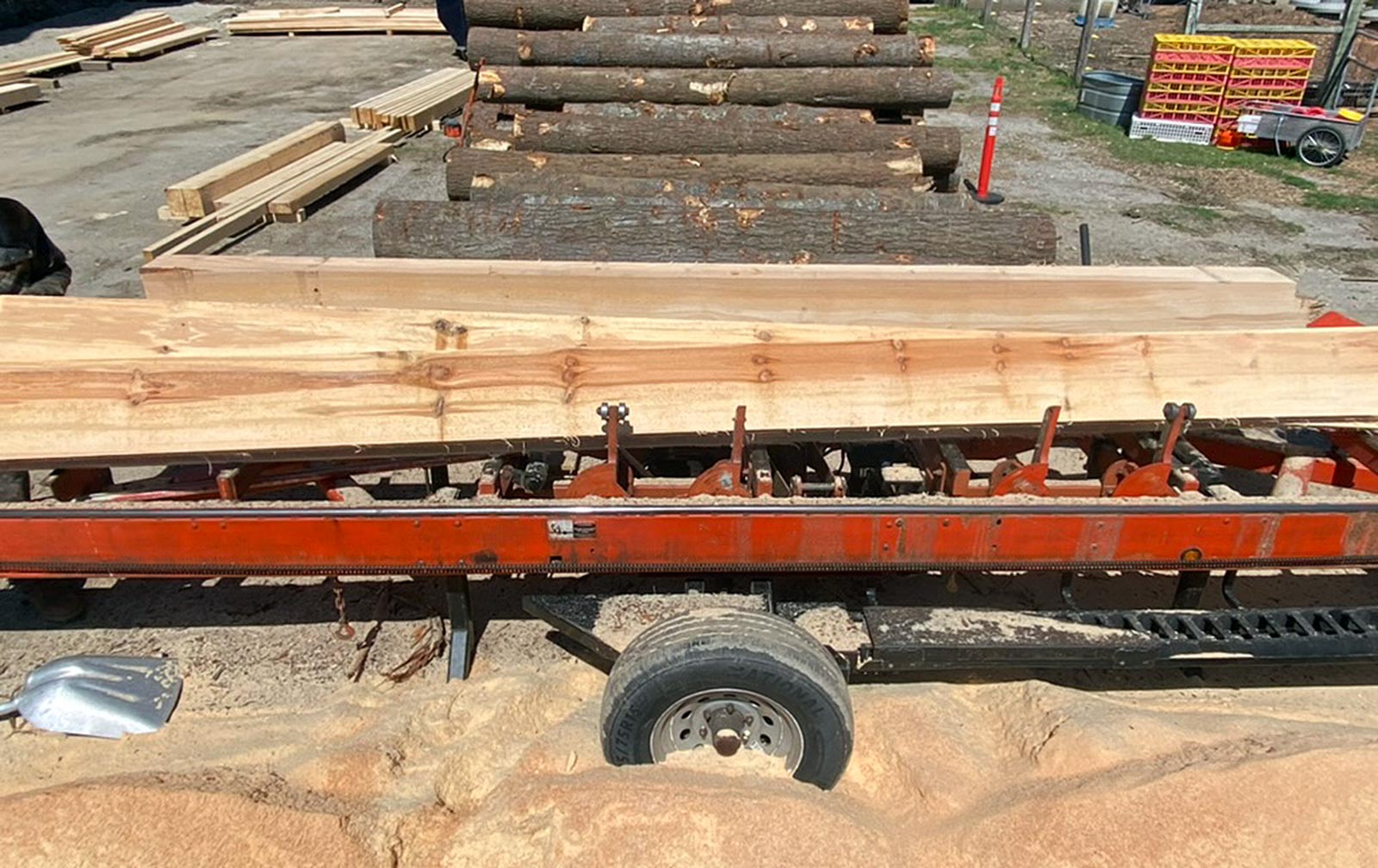What makes a restoration a restoration, instead of a remodel or renovation? When a building is restored, every effort is made to maintain the authenticity and heritage of the structure. That means the original timber is maintained whenever possible. But of course, with a building as old as the East Monitor Barn, there’s bound to be lumber that needs to be scrapped. So what’s happening with the unusable wood and how is it being replicated and replaced? Read on to find out.
Minimizing Waste

Unusable lumber typically heads to the landfill in a conventional construction setting. That’s a lot of unnecessary waste! Fortunately, that’s not the case with our partners on this project. Deconstruction Works, a company based in Bristol, is helping us minimize our contributions to the waste stream.
Deconstruction Works’ motto is “recycling the built environment” and their mission is to provide a meaningful service and excellent customer satisfaction while recovering usable building materials destined for the landfill. In keeping with their mission, they’re hand-sorting what’s salvageable and what’s not. Unsalvageable wood that’s also not painted, plywood, or pressure treated goes into a “clean wood” dumpster to go on a short journey to the McNeil Plant.


If you’ve spent a fair bit of time in Burlington, you might be familiar with the Plant and its big smokestack down at the Intervale. McNeil generates electricity through the use of wood chips, and most of that wood comes from within 60 miles of the station. According to the Vermont Public Power Supply Authority, ninety-five percent of the wood comes from logging residue and cull material created when harvesting higher-value products. The McNeil Plant also maintains a waste wood yard where they accept debris that meets their criteria at no charge. That means the East Monitor Barn’s unusable lumber is going from a 120-year-old dairy barn to electricity for Vermonters!


Milling New Lumber
We’ve covered “out with the old,” now let’s look at “in with the new.” The restoration team measures all the unsalvageable timber so it can be replicated, and then wood is brought in from two highly local sources. Some trees come from just down the road on Prelco Land near the Richmond Town Forest, while others are selected by the Chittenden County Foresters from the Westford Town Forest. Next, Leo Boutin of Quality Cuts Custom Sawing mills all of the wood that is shorter than 20’ right here next the barn! Most of the rest of it gets trucked up to LSF Forest Products in Fletcher, where they can mill timbers up to 28’ long, and just a few extra-long timbers are milled by Vermont Heavy Timber on their sawmill with extension in Huntington.

 When the original builders of the East Monitor Barn felled and milled trees over 120 years ago, they never could have imagined that some of those timbers would later become electricity. While no one can say for sure what the newly milled timbers will become centuries from now, what we do know is that they’ll soon be integral pieces in this exciting restoration. Keep an eye out for upcoming posts about Eliot’s amazingly serendipitous connection with the VYCC property and barns, updates on the cribbing towers, and plenty more!
When the original builders of the East Monitor Barn felled and milled trees over 120 years ago, they never could have imagined that some of those timbers would later become electricity. While no one can say for sure what the newly milled timbers will become centuries from now, what we do know is that they’ll soon be integral pieces in this exciting restoration. Keep an eye out for upcoming posts about Eliot’s amazingly serendipitous connection with the VYCC property and barns, updates on the cribbing towers, and plenty more!
